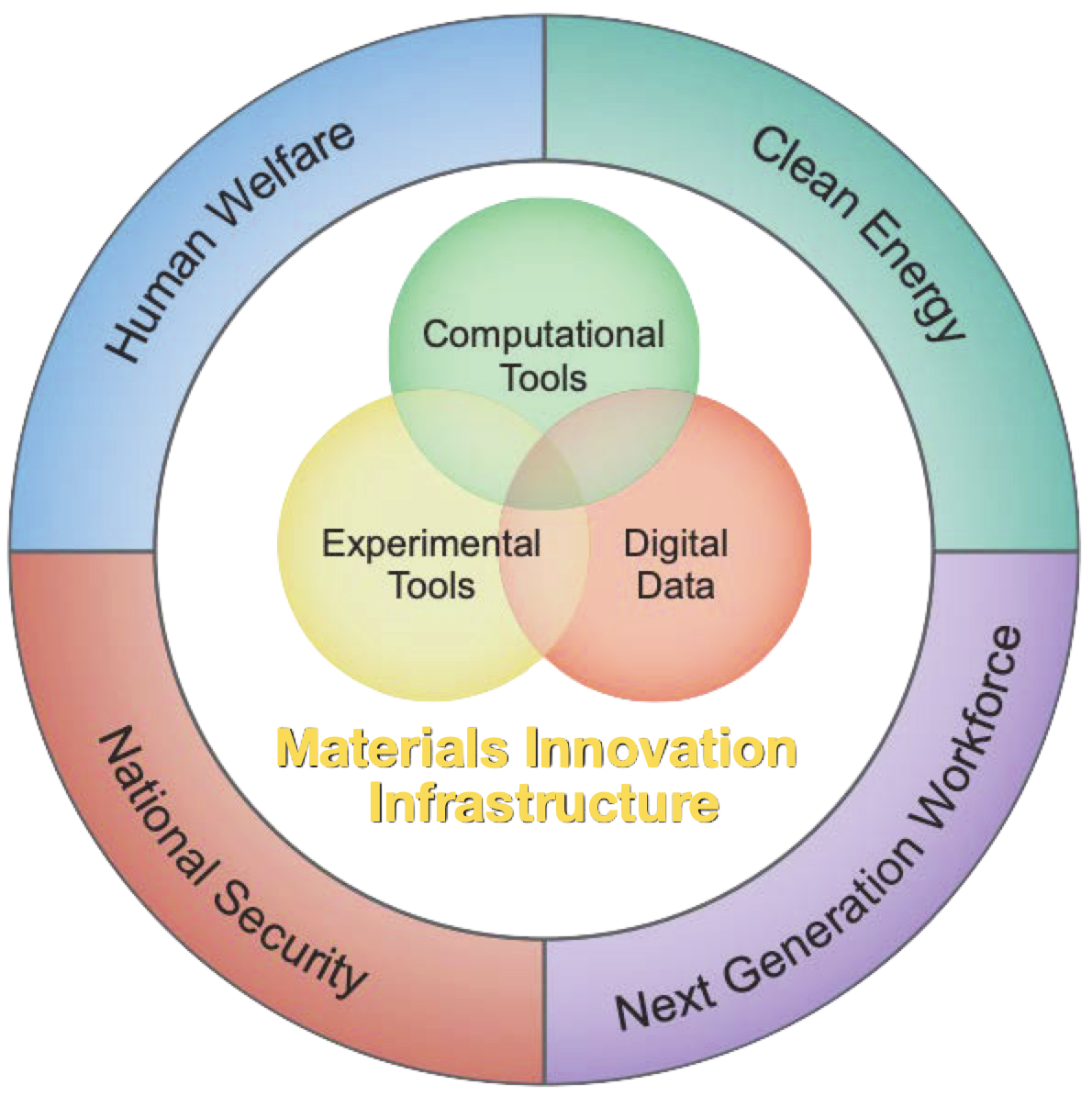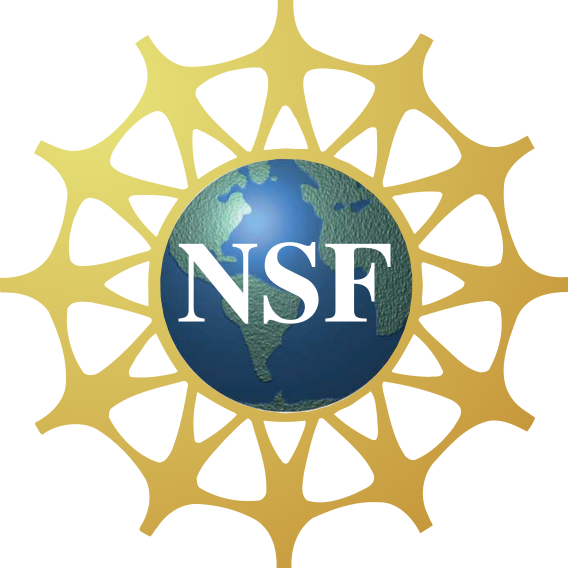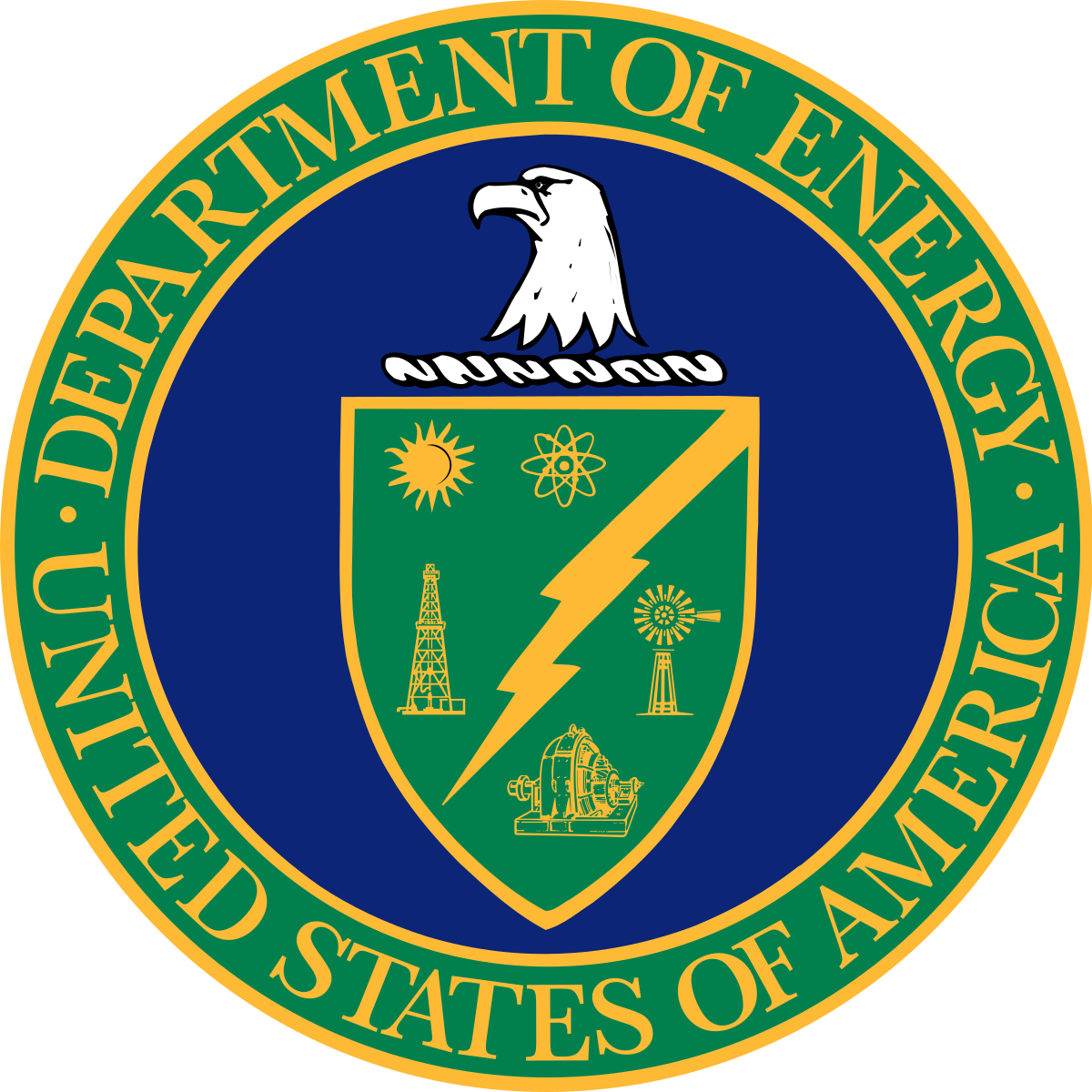KIM INITIATIVE
ABOUT
The KIM Initiative
 SOURCE:
NSTC Council, MGI Strategic Plan, 2021During
the California Gold Rush, Levi Strauss provided tough pants, later called blue jeans,
to help prospectors seeking gold do their work. A
similar gold rush to discover new advanced materials is underway through
the White House Materials
Genome Initiative (MGI), supercharged by the artificial intelligence
(AI) revolution. Through a collection of companion projects, the
Knowledgebase of Interatomic Models (KIM) Initiative is providing the
“blue jeans” for the community of materials science prospectors who are
seeking to revolutionize technologies across the sciences.
SOURCE:
NSTC Council, MGI Strategic Plan, 2021During
the California Gold Rush, Levi Strauss provided tough pants, later called blue jeans,
to help prospectors seeking gold do their work. A
similar gold rush to discover new advanced materials is underway through
the White House Materials
Genome Initiative (MGI), supercharged by the artificial intelligence
(AI) revolution. Through a collection of companion projects, the
Knowledgebase of Interatomic Models (KIM) Initiative is providing the
“blue jeans” for the community of materials science prospectors who are
seeking to revolutionize technologies across the sciences.
The MGI vision is for “discovering, manufacturing, and deploying advanced
materials twice as fast and at a fraction of the cost compared to
traditional methods.” To do so, scientists must work together, combining
advanced computations, experiments, and data. A key tool in the materials
discovery toolbox are molecular simulations in which the behavior of a
material is modeled by considering the interactions between its
constituent atoms. This allows scientists to do “what if” experiments in a
computer, trying out different material compositions without having to
physically manufacture them, thereby saving time, money, and energy.
The collection of projects under the KIM INITIATIVE provide tools and
resources to researchers in materials science and chemistry who are using
molecular simulations to revolutionize technologies across the sciences.
FUNDING
The KIM INITIATIVE family of projects has been funded through the generous support of the National Science Foundation (NSF) and U.S. Department of Energy (DOE) through a series of grants:
 2014–2018, NSF
Award 1408211, Collaborative Research: CDS&E: Systematic
Multiscale
Modeling using the Knowledgebase of Interatomic Models (KIM), E. B. Tadmor
(PI),
R. S. Elliott, J. P. Sethna
2014–2018, NSF
Award 1408211, Collaborative Research: CDS&E: Systematic
Multiscale
Modeling using the Knowledgebase of Interatomic Models (KIM), E. B. Tadmor
(PI),
R. S. Elliott, J. P. Sethna
 2018–2024, NSF
Award 1834251 Collaborative Research: Reliable Materials Simulation
based on the Knowledgebase of Interatomic Models (KIM), E. B. Tadmor (PI),
R. S.
Elliott, G. Karypis, M. K. Transtrum
2018–2024, NSF
Award 1834251 Collaborative Research: Reliable Materials Simulation
based on the Knowledgebase of Interatomic Models (KIM), E. B. Tadmor (PI),
R. S.
Elliott, G. Karypis, M. K. Transtrum
 2019–2024, NSF
Award 1931304, Collaborative Research: Framework: Cyberloop for
Accelerated Bionanomaterials Design, H. Heinz (PI), W. Im, E. B.
Tadmor
2019–2024, NSF
Award 1931304, Collaborative Research: Framework: Cyberloop for
Accelerated Bionanomaterials Design, H. Heinz (PI), W. Im, E. B.
Tadmor
 2020–2024, NSF
Award 2039575, Data CI Pilot: CI-Based Collaborative Development of
Data-Driven Interatomic Potentials for Predictive Molecular Simulations, E.
B.
Tadmor (PI), R. S. Elliott, S. Martiniani
2020–2024, NSF
Award 2039575, Data CI Pilot: CI-Based Collaborative Development of
Data-Driven Interatomic Potentials for Predictive Molecular Simulations, E.
B.
Tadmor (PI), R. S. Elliott, S. Martiniani
 2022–2025, under
the auspices of the DOE by LLNL under Contract
DE-AC52-07NA27344, funded by LLNL LDRD tracking code 23-SI-006,
Infrastructure
for the LDRD-SI Automated Framework for Predictive Atomistic Materials
Simulations with Uncertainty Quantification, E. B. Tadmor (PI)
2022–2025, under
the auspices of the DOE by LLNL under Contract
DE-AC52-07NA27344, funded by LLNL LDRD tracking code 23-SI-006,
Infrastructure
for the LDRD-SI Automated Framework for Predictive Atomistic Materials
Simulations with Uncertainty Quantification, E. B. Tadmor (PI)
 2023–2028, NSF
Award 2311632, GOALI: Frameworks: At-Scale Heterogeneous Data
based
Adaptive Development Platform for Machine Learning Models for Material
and
Chemistry Discovery, S. Martiniani (PI), E. B. Tadmor, G. Karypis, E.
Fuemmeler,
A. Gupta, A. E. Roitberg, R. Hennig, M. Liu, M. K. Transtrum, H.
Rangwala
2023–2028, NSF
Award 2311632, GOALI: Frameworks: At-Scale Heterogeneous Data
based
Adaptive Development Platform for Machine Learning Models for Material
and
Chemistry Discovery, S. Martiniani (PI), E. B. Tadmor, G. Karypis, E.
Fuemmeler,
A. Gupta, A. E. Roitberg, R. Hennig, M. Liu, M. K. Transtrum, H.
Rangwala